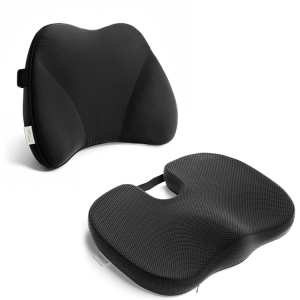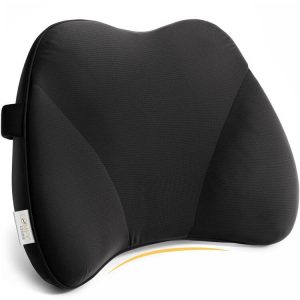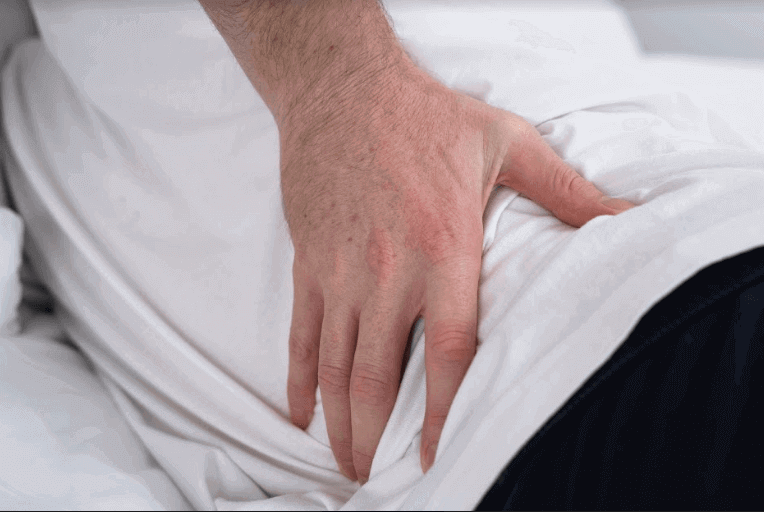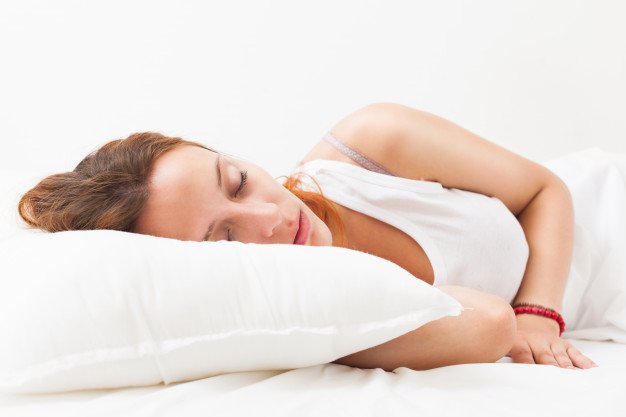
Each night, a person sheds about 15 million skin cells. But have you noticed it don't pile up in your sheets? It's because dust mites gobble them up, and the longer you wait on washing your pillows, the more food these critters get, and they can even build up into a community of fungus quickly.
What's Sneaking in My Bed?
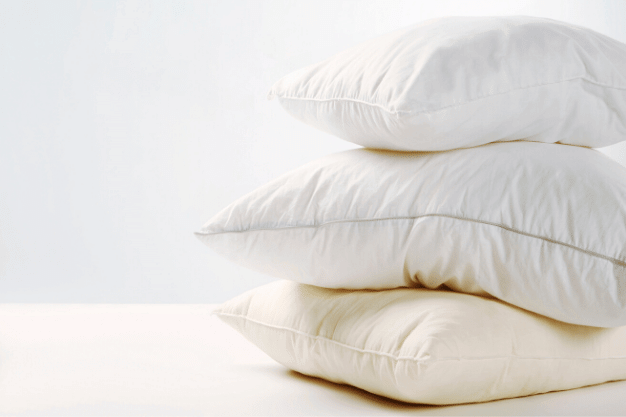
According to a study, a third of your pillow's weight is due to dead skin and dust mites, which creep into your pillows that have tears.
Dust Mites
According to WebMD, an estimated number of over 20 million Americans have dust allergies, 2/3 of those are allergic to dust mites.
Dust mites are microscopic that look similar between spiders and ticks. These are horribly present throughout our homes in mattresses, pillows, bedding, drapes, toys, and carpets.
Dust mites and their feces secrete proteins that are harmful to those people with allergies, which also causes red, itchy eyes and runny noses. They're worse during humid times of the year.
Fungus
Fungi are commonly present in houses, and they don't seem to be a big concern except for those individuals with weak immune systems and respiratory complications. They're particularly attracted to pillows, which is why the average pillow can host as much as 16 different species of fungus.
Bacteria
A study discovered that unwashed sheets over four weeks had up to 39 times more bacteria than pet-food bowls, which is a thousand more bacteria than a toilet seat.
Bacteria can accumulate into your pillows from a variety of sources from your body - your face, hands, saliva, hair; even humid environments can also encourage bacteria that contribute to pimples, colds, and any other harmful irritations.
How to Prevent These Biological Contaminants?
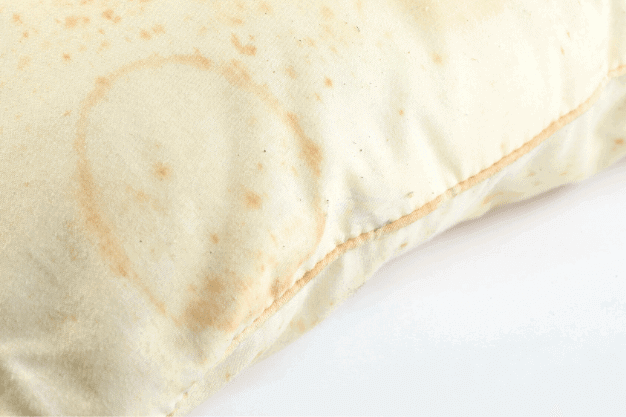
If you feel helpless about these creatures living in your bed, there are many steps that you can do to get rid of it drastically.
Wash Your Blankets, Pillowcases & Sheets
We tend to neglect washing our bedding regularly, so it's essential to make it into our weekly routine of washing all of our bedding, which includes pillowcases, blankets, and sheets at least once a week.
If you don't have time to wash them, make sure to change it still every week.
Invest in a High-Quality Mattress & Pillow Covers
While there are plenty of good mattresses available out there, it's highly recommended to purchase mattresses and pillow covers that are designed to be antimicrobial and mite-proof. This type of covers prevents mites, fungi, and bacteria at bay. It prevents the sweat and skin cells from spreading all over your mattress and pillow.
Consider Memory Foam Pillows
Switching from your standard pillows for a memory foam pillow can be one of the best choices you can do to get rid of fungi, dust mites, and bacteria. Down pillows are usually likely for bacteria and dust mites as they have more fibrous materials, and it absorbs more sweat and skin cells.
Memory foam pillows are also beneficial for side sleepers and people who often get neck and shoulder pain when they sleep. It helps provide support to the neck and molds itself to your body, providing optimal comfort.
Learn more about how to wash your memory foam pillow here.
Washing Your Pillows Regularly is Important
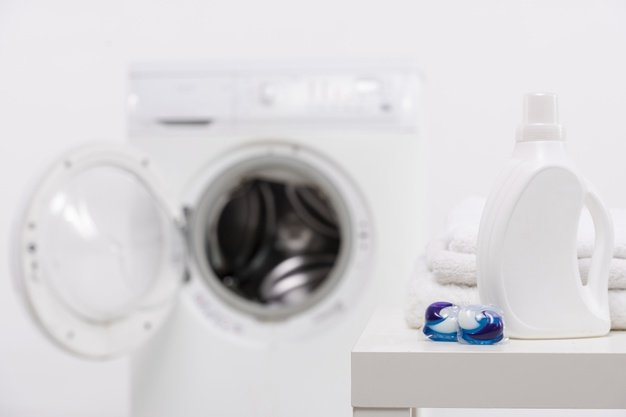
You already wash your sheets, pillowcases, and other bedding, thinking that it's already squeaky clean when you sleep on your pillow. However, the same bacteria make their way past your pillowcases into your pillows over time. Cleaning not just your beddings but your pillows is also essential to fully get rid of the creepy creatures lurking on your bed when you sleep.
Saliva, makeup, and chemicals from hair products also lead to a breeding ground of germs in your pillow.
Washing your pillows once every 2-3 weeks is excellent, but some may prefer to wash them just as often as the rest of their bedding. By doing this regularly, you can cut down bacteria and enjoy the comfortable, clean, and scented bedding when you sleep.
Conclusion
The easiest way to prevent yourself from sleeping with germs and getting ill is merely washing your pillows, bedsheets, and pillowcases. Clean your bedsheets and pillowcases frequently, and create a cleaning schedule to keep everything organized.
As much as possible, don't sleep with your makeup on as it lingers to your pillow over time. Might as well, set a reminder to remove your make up if you're more likely easy to fall asleep. Replace your mattress if it's making you uncomfortable and causing issues, typically every six years, when it starts to wear out.
And lastly, think about your pillow too. Your pillow often starts to lack its "fluff" or support for your head and neck, so might as well, get it cleaned. Cleaning your pillows regularly reduces acne breakouts and blemishes, lessens runny or stuffy nose upon waking up, and the most essential of all, it gets rid of those noticeable stains on your pillows.
Related Articles:
Why Memory Foam Pillows Are Better Than Regular Pillows
The 3 Benefits of Memory Foam Head Pillows
Featured in:


